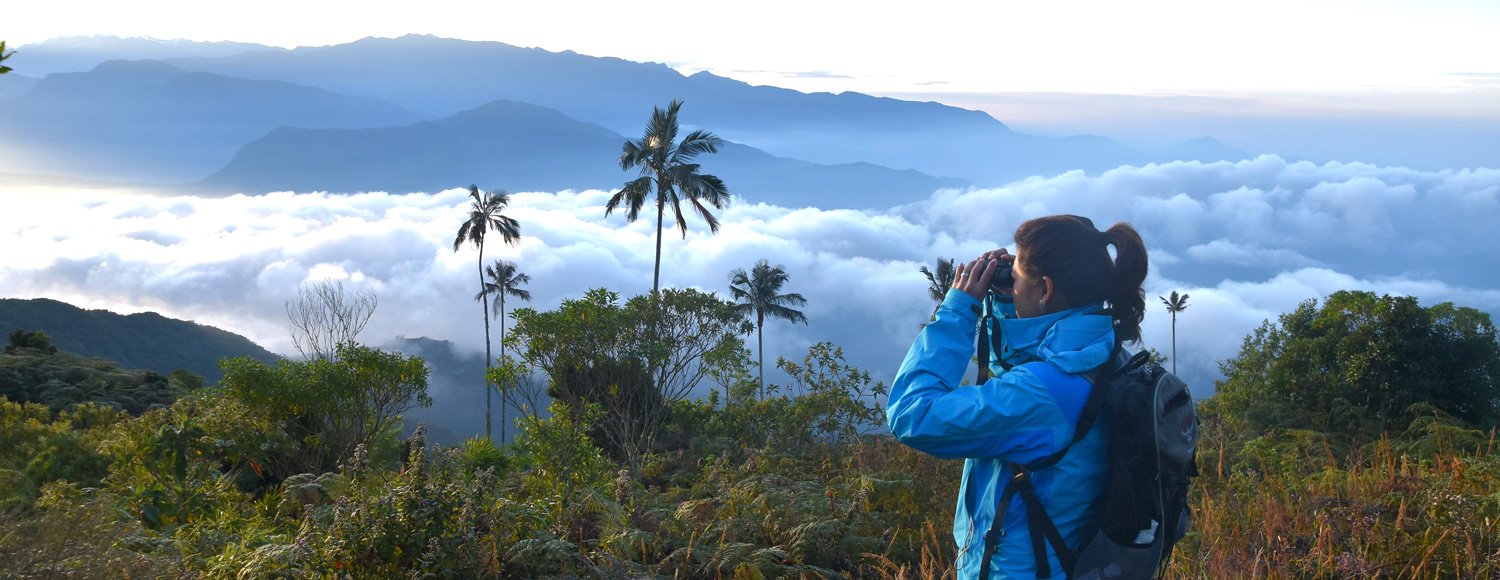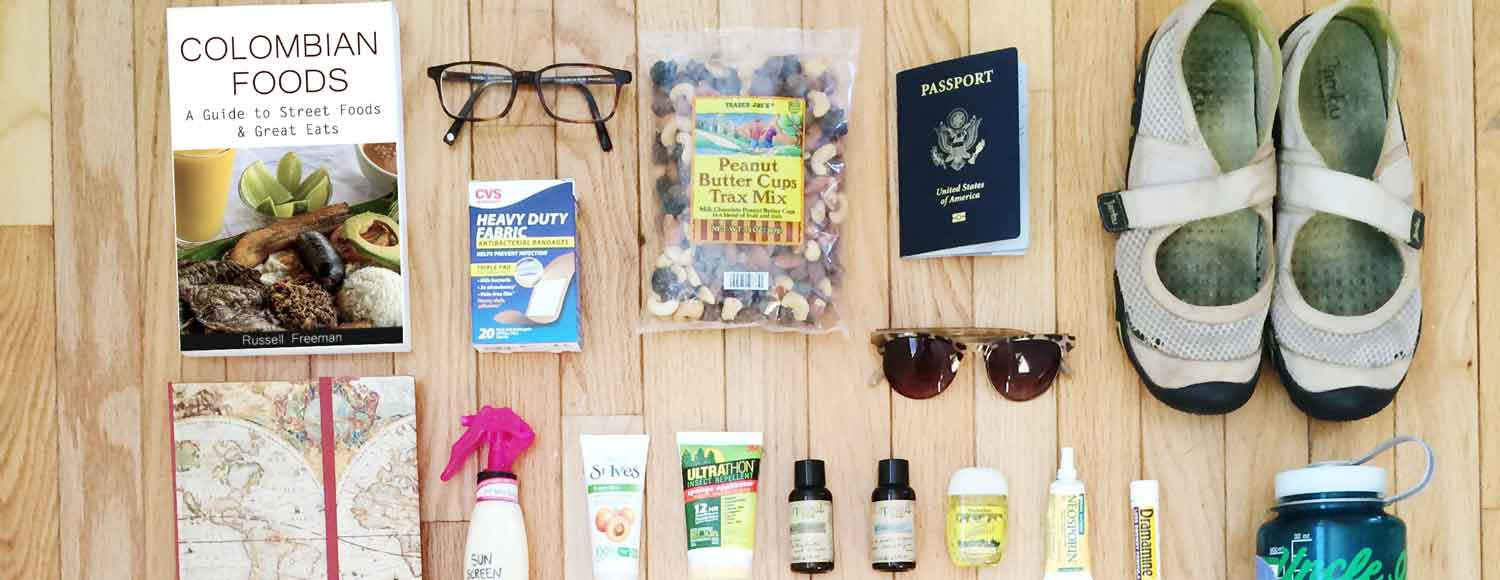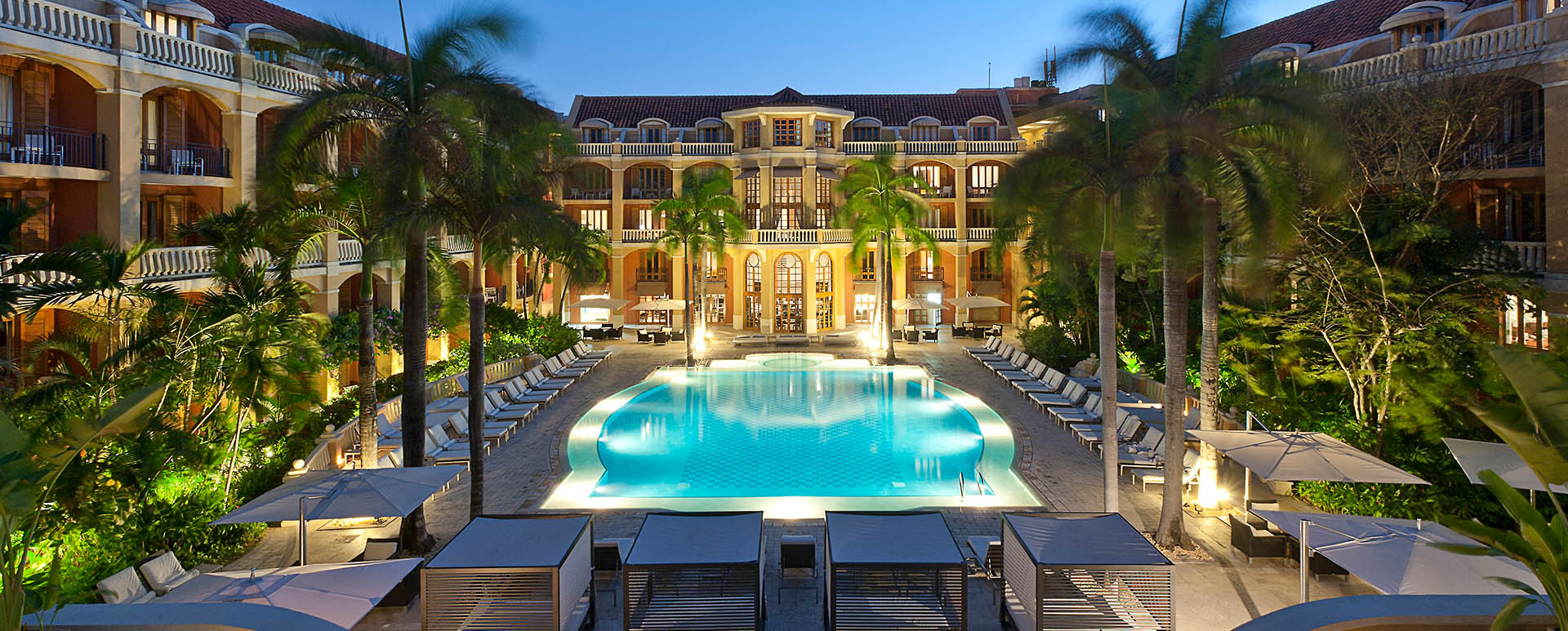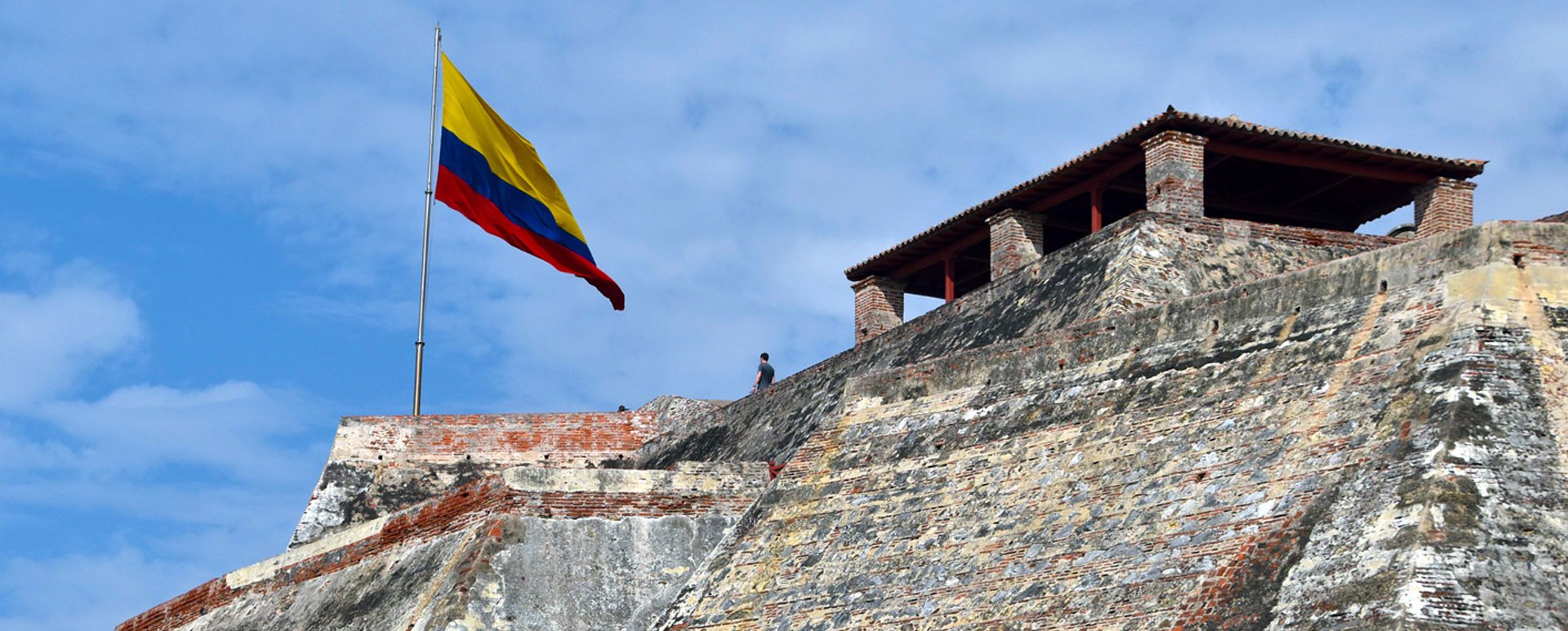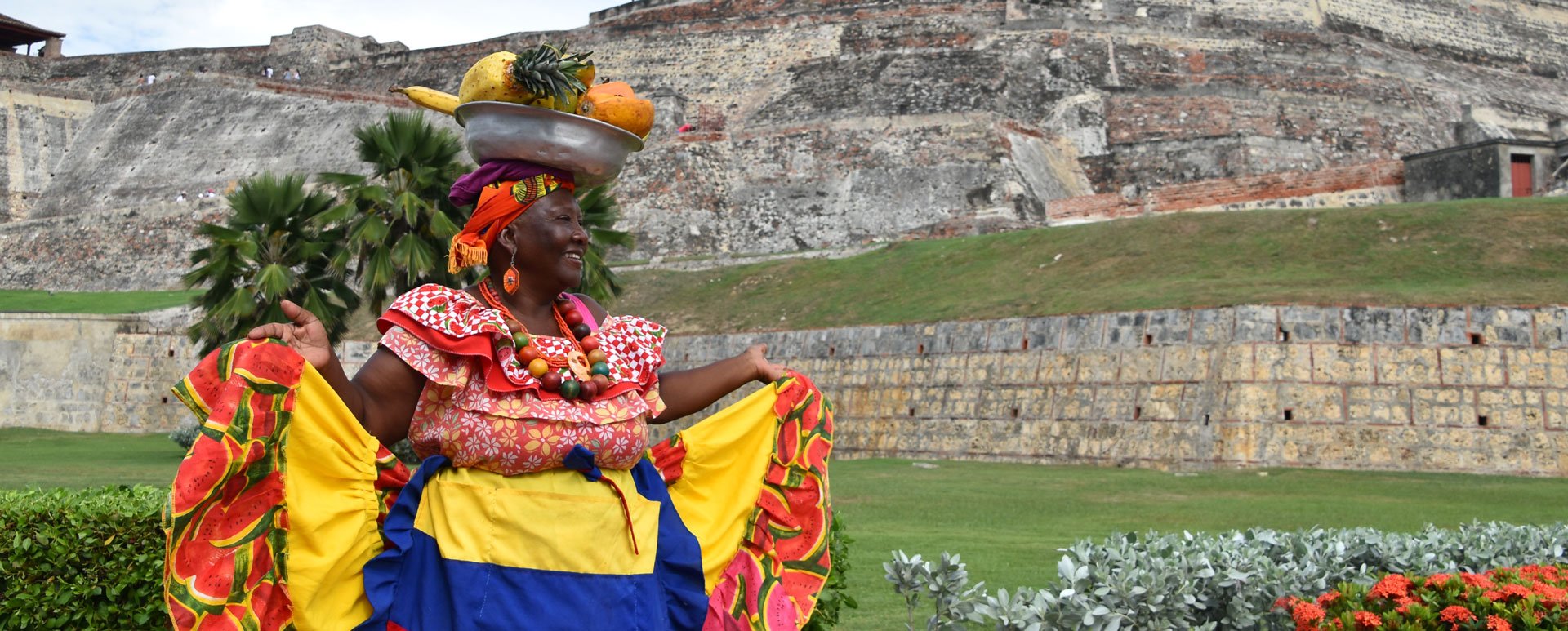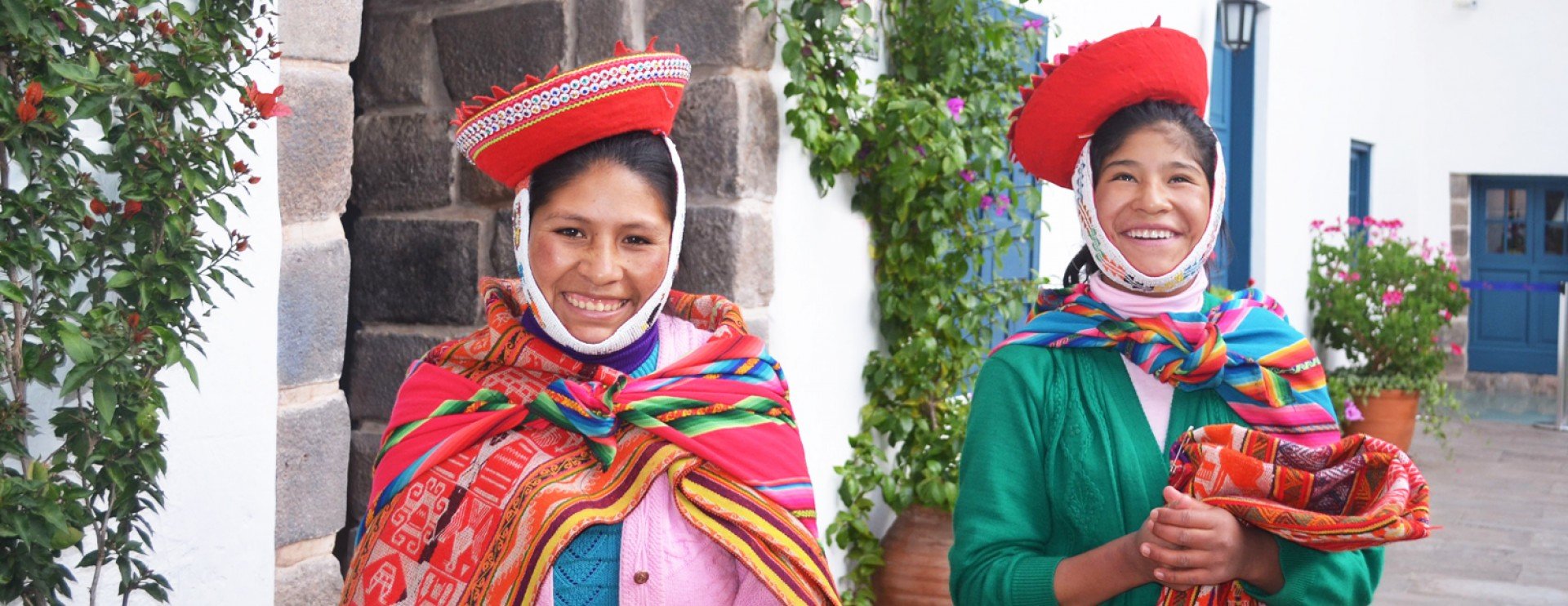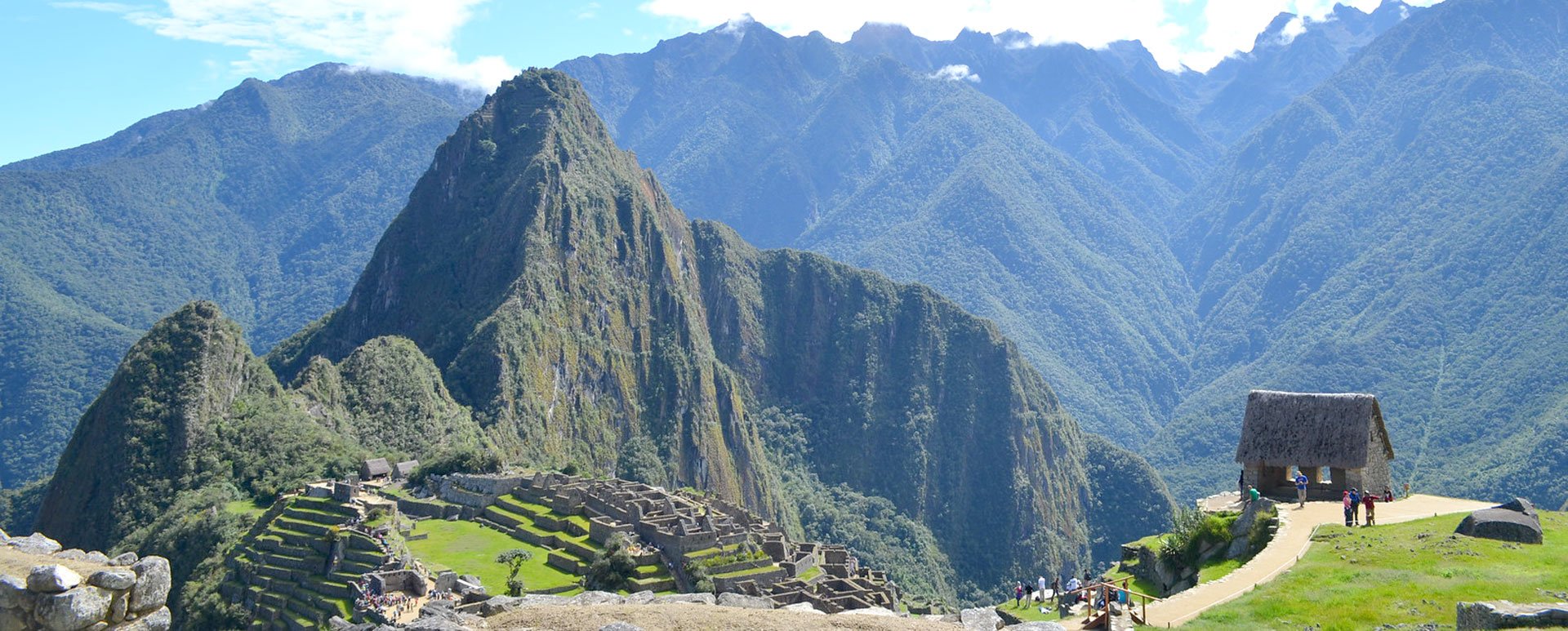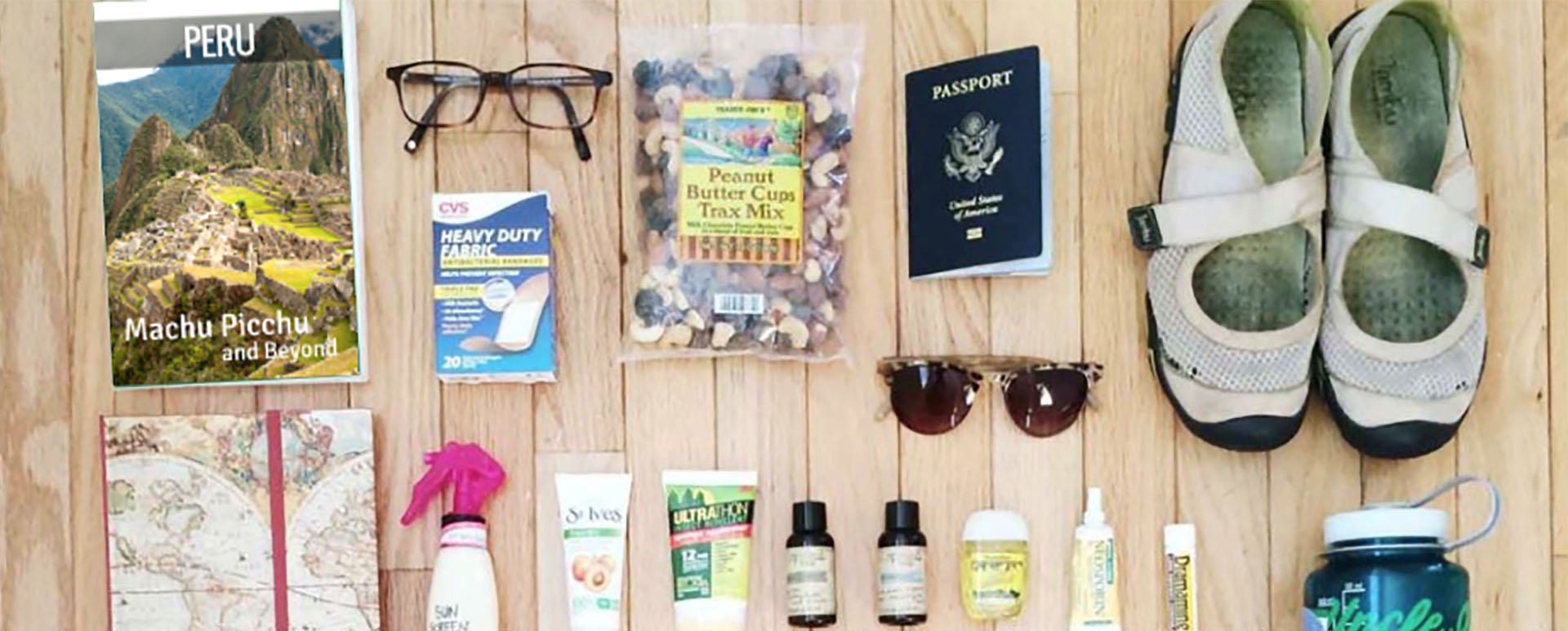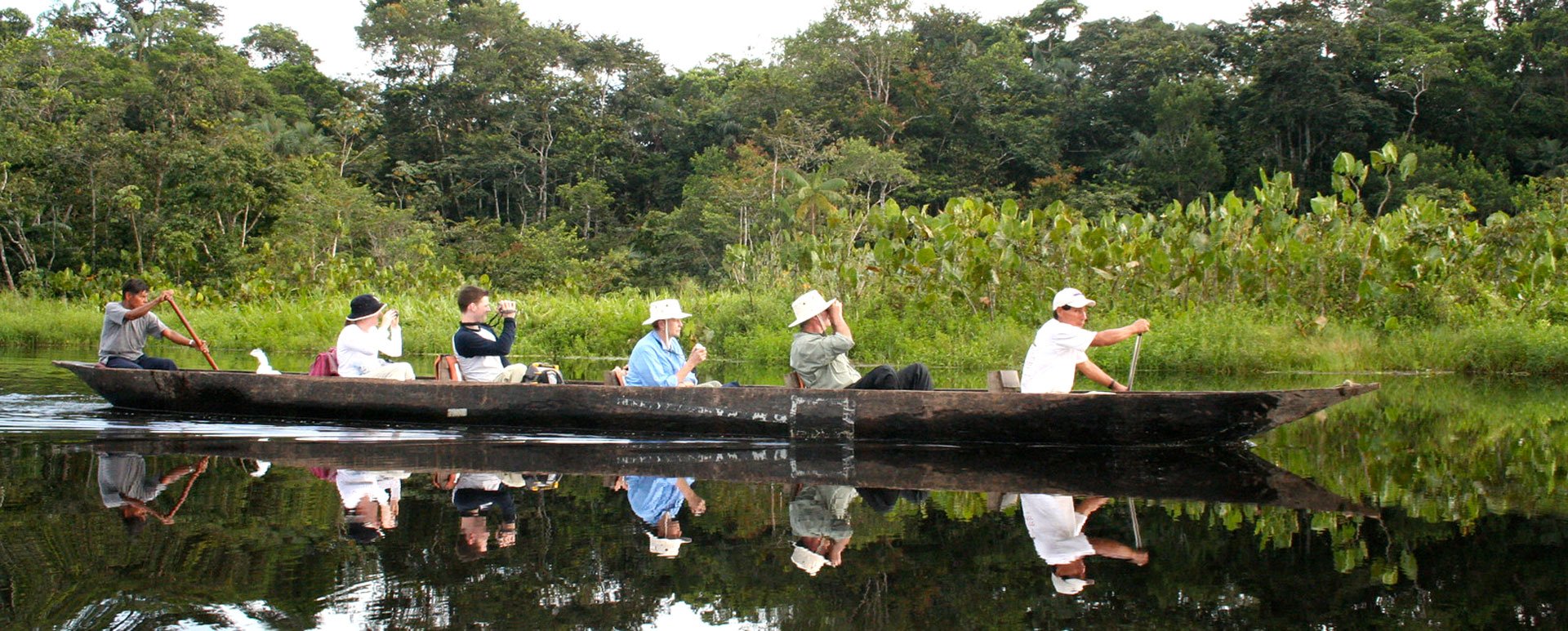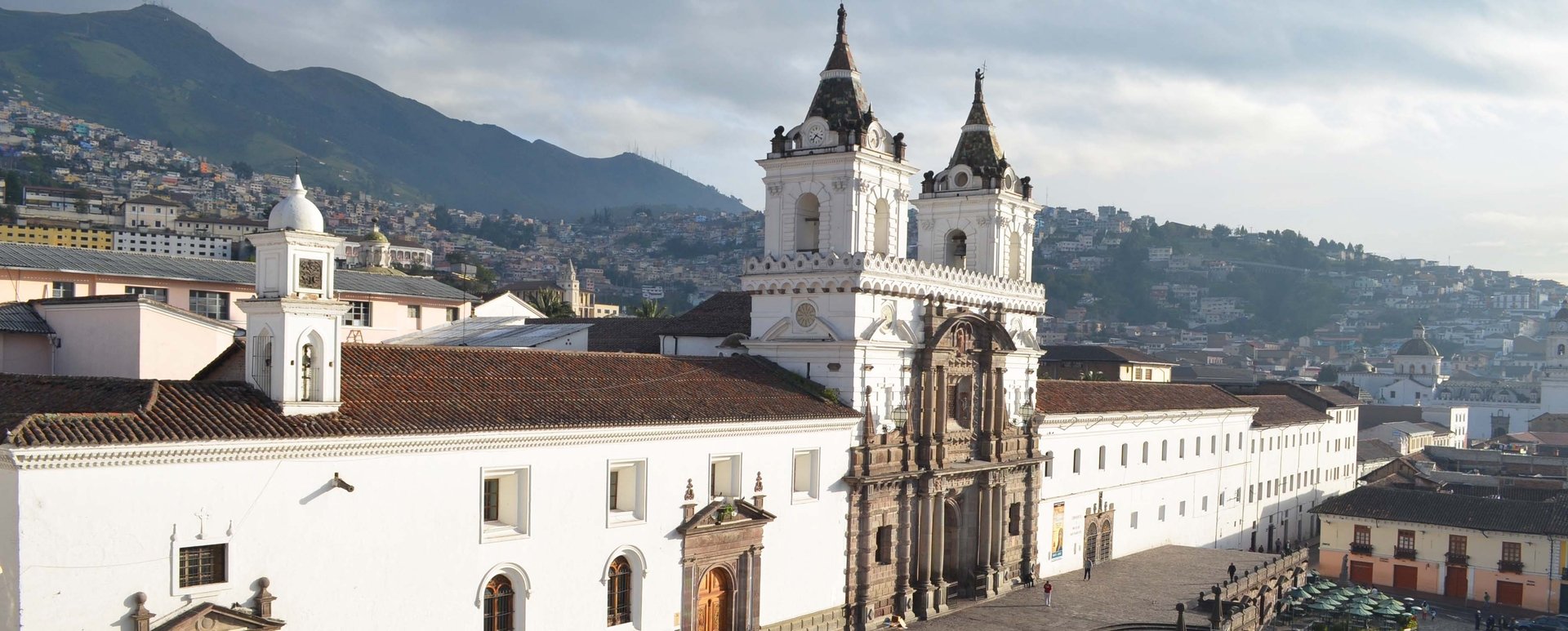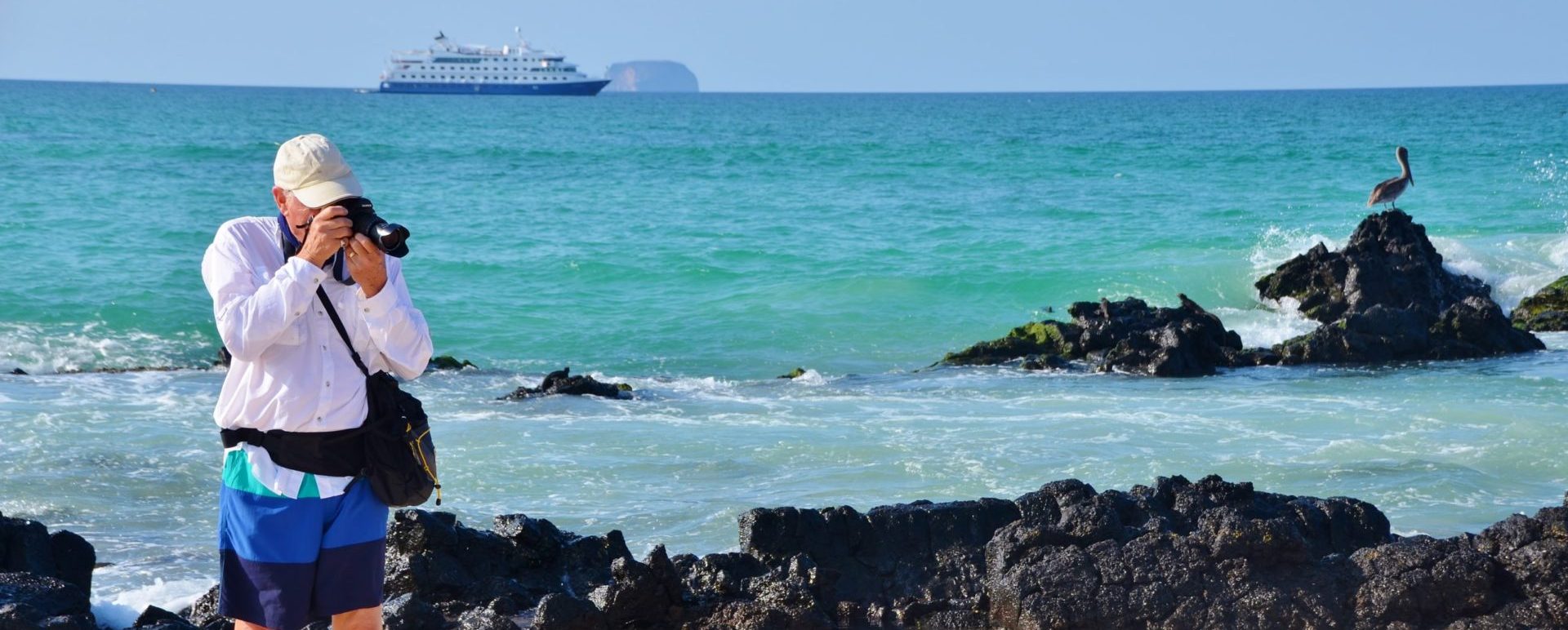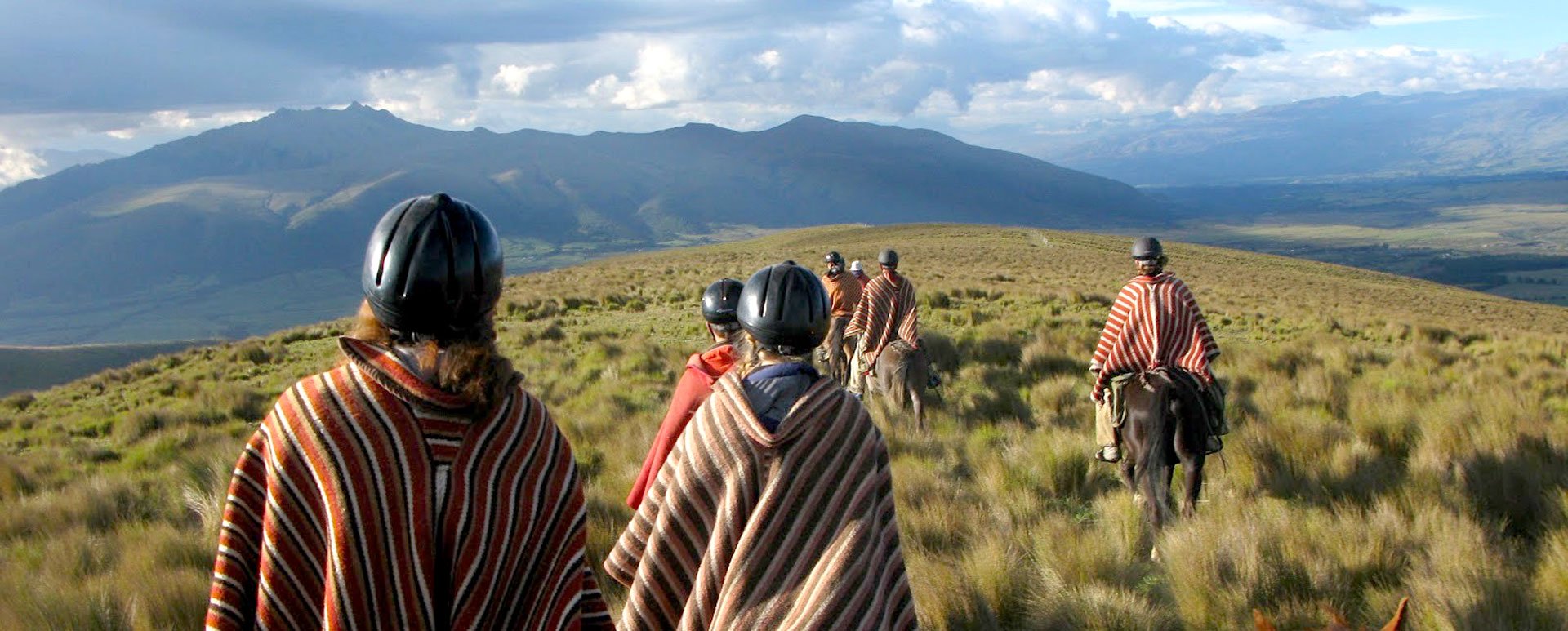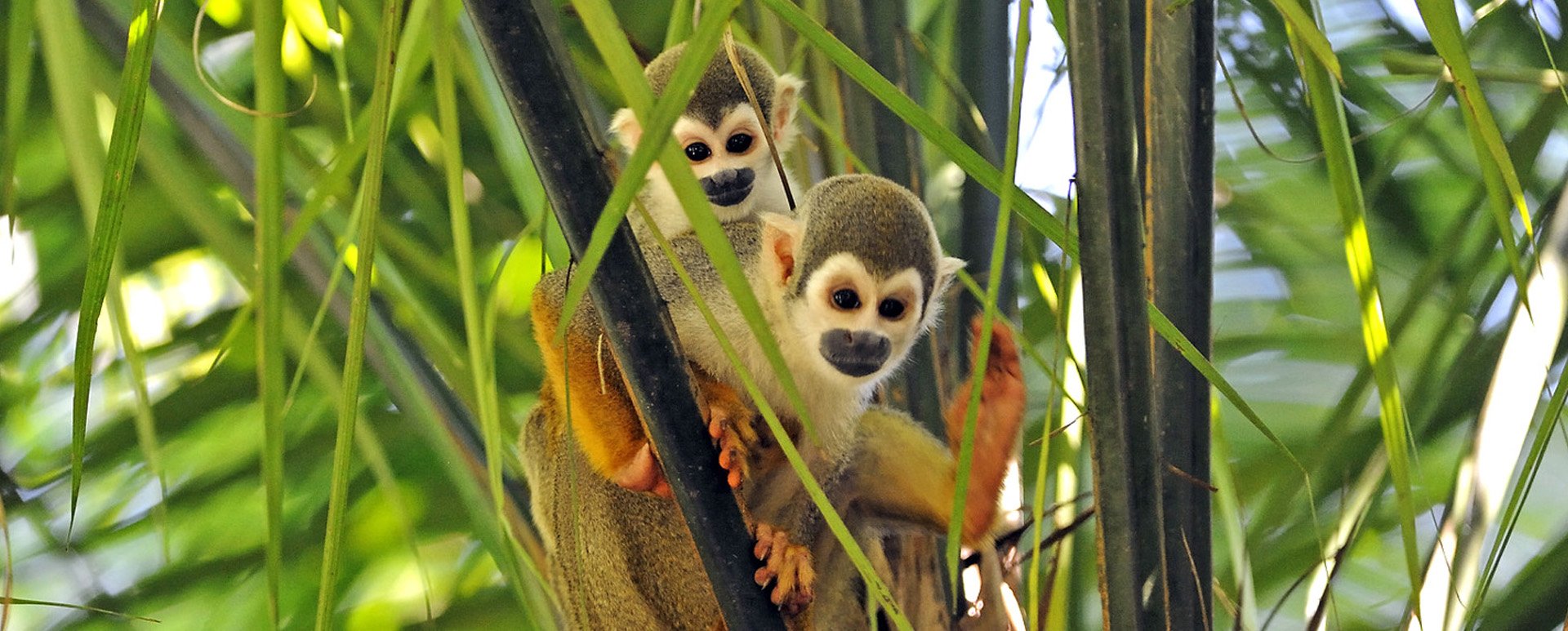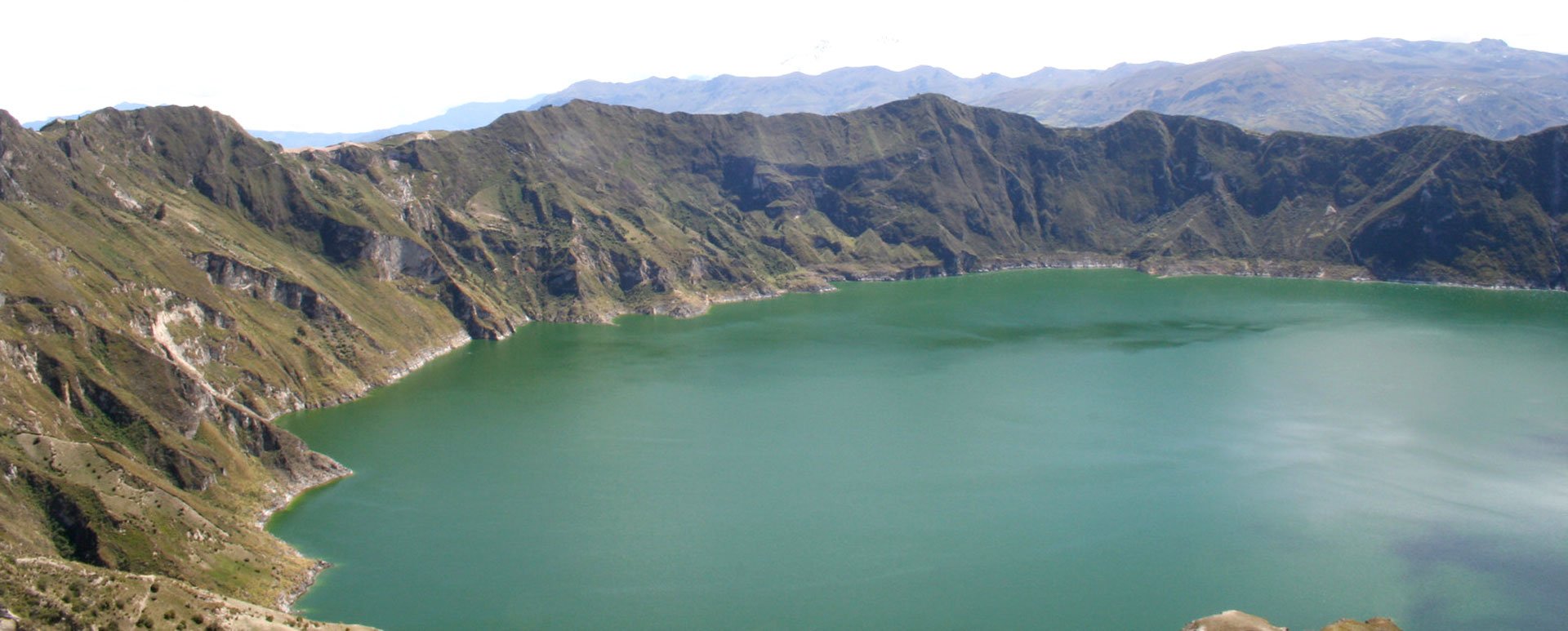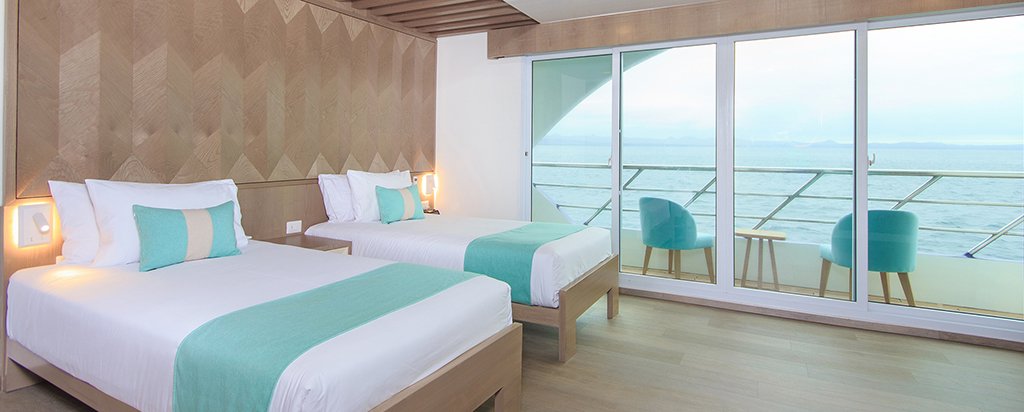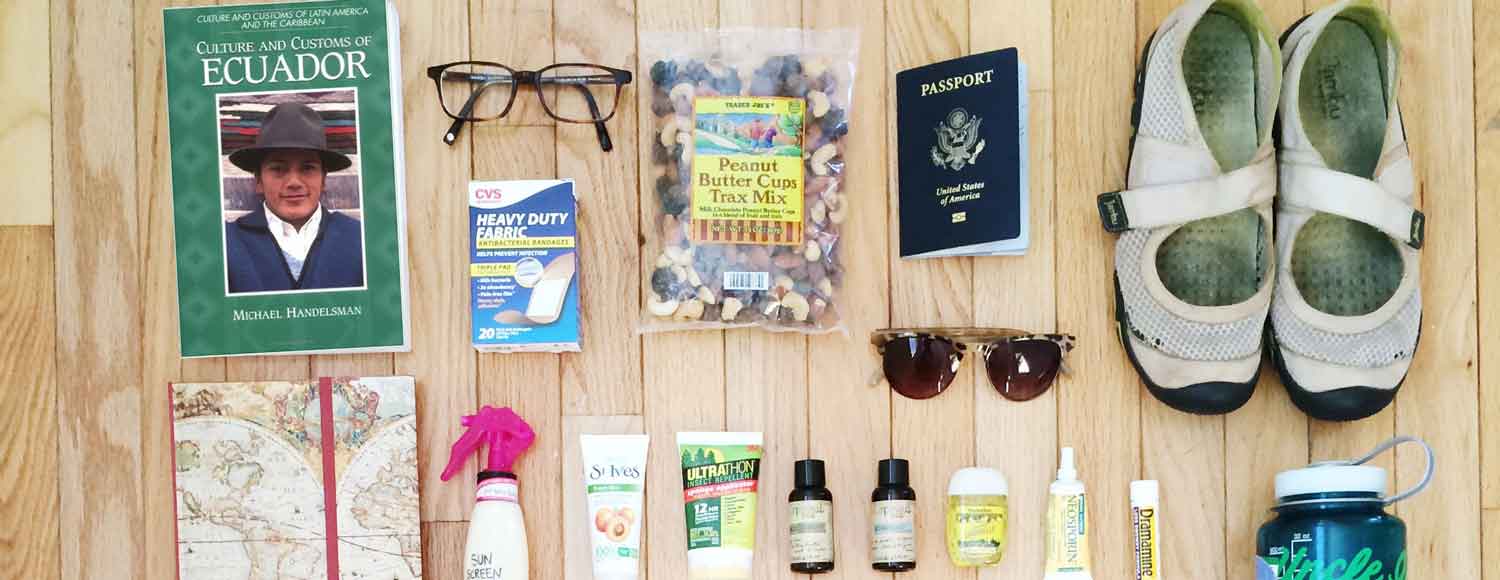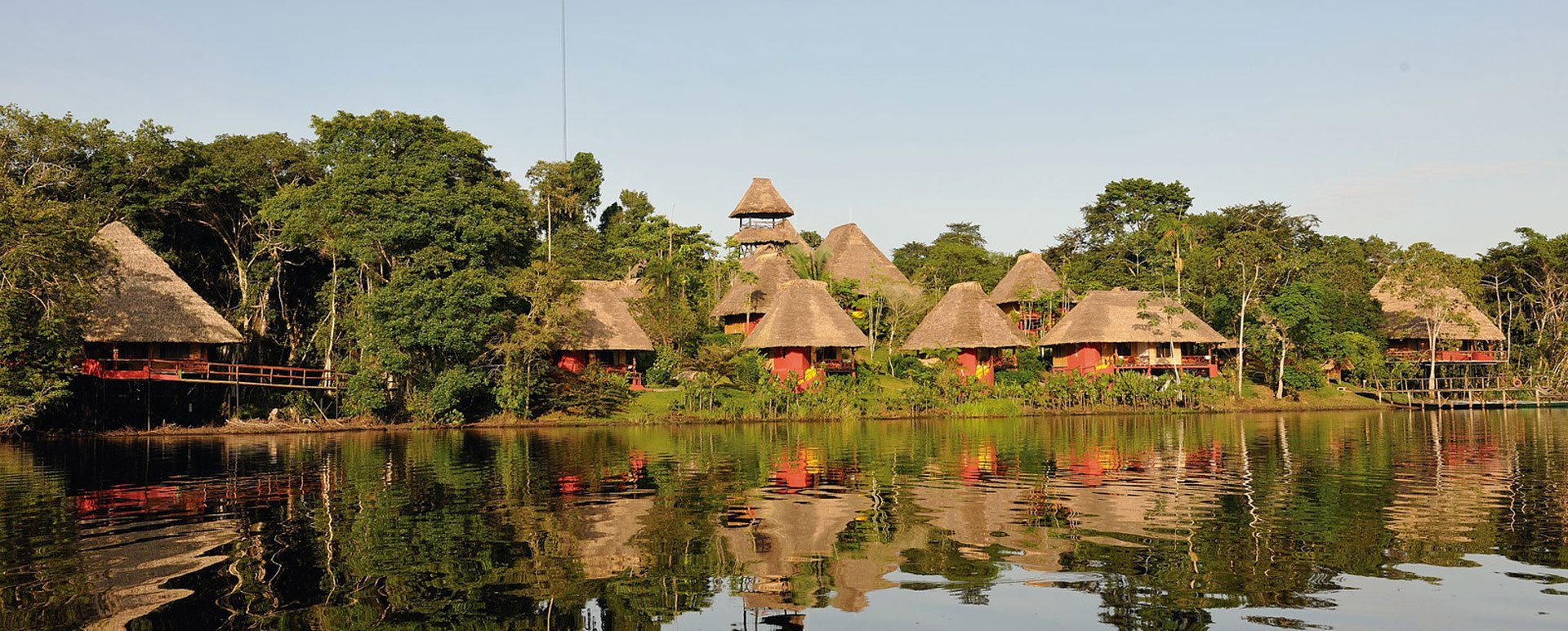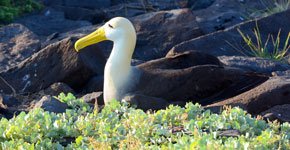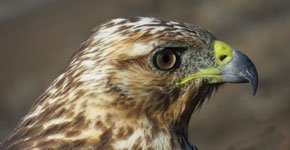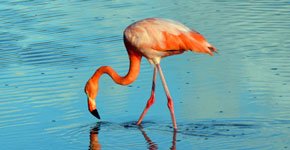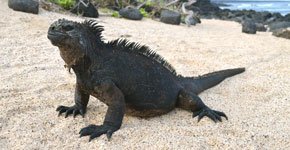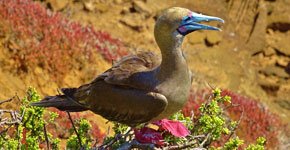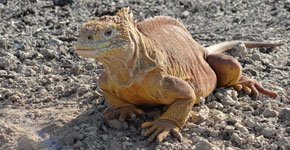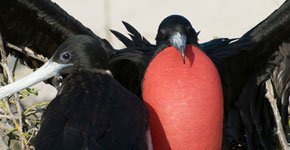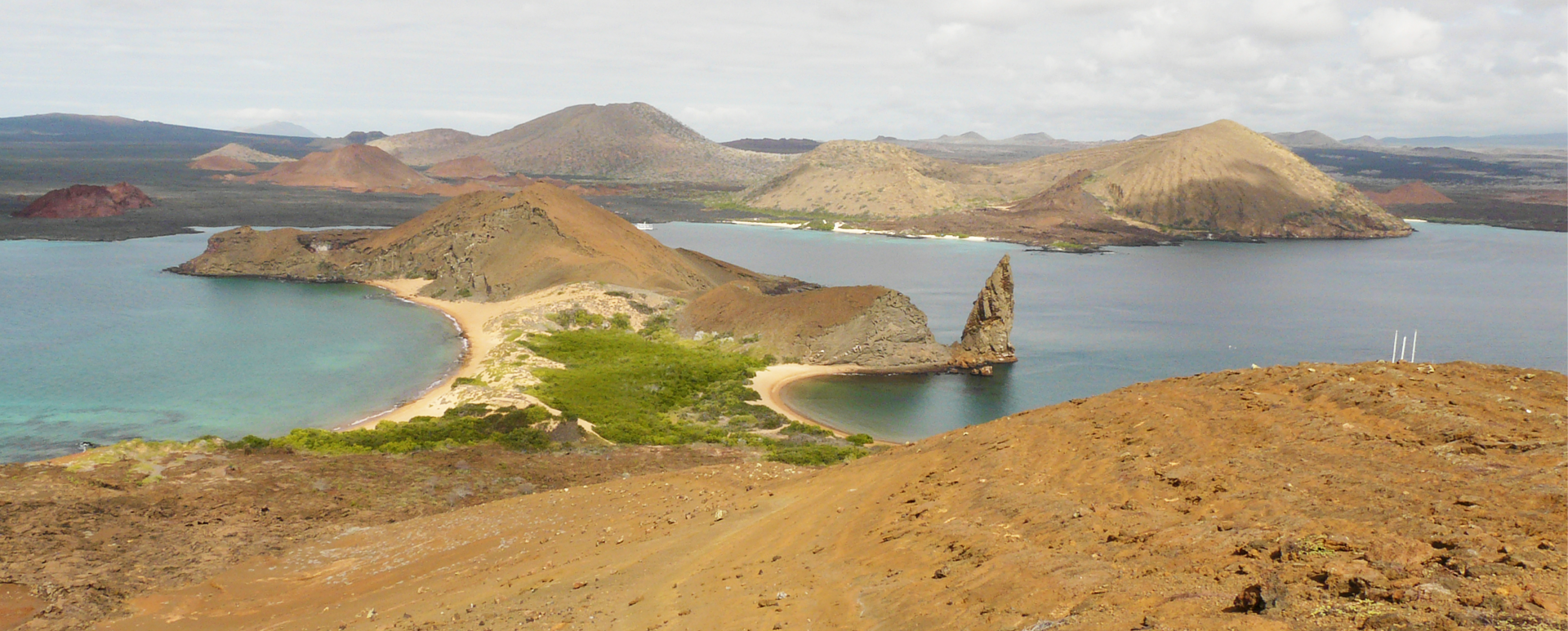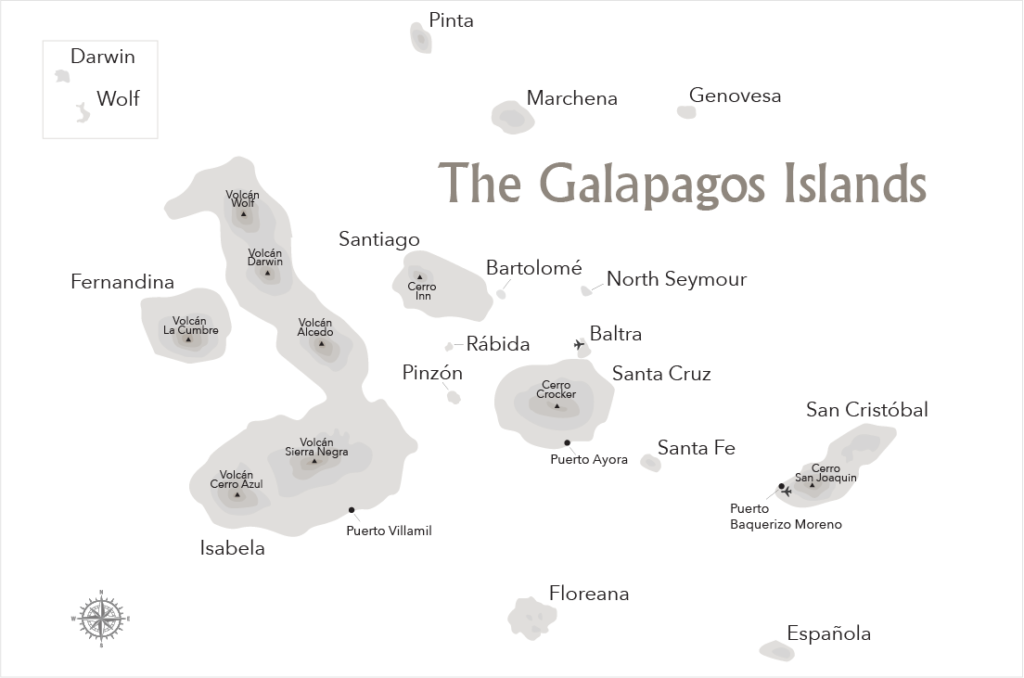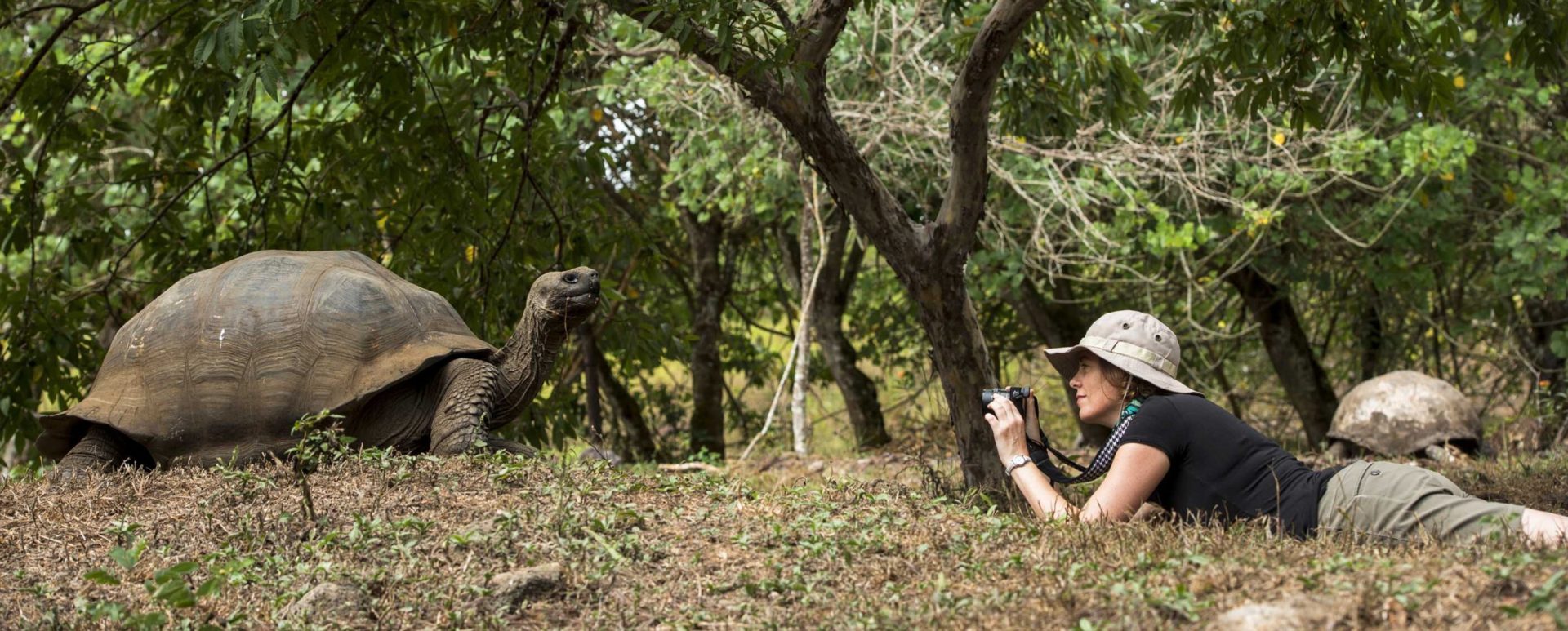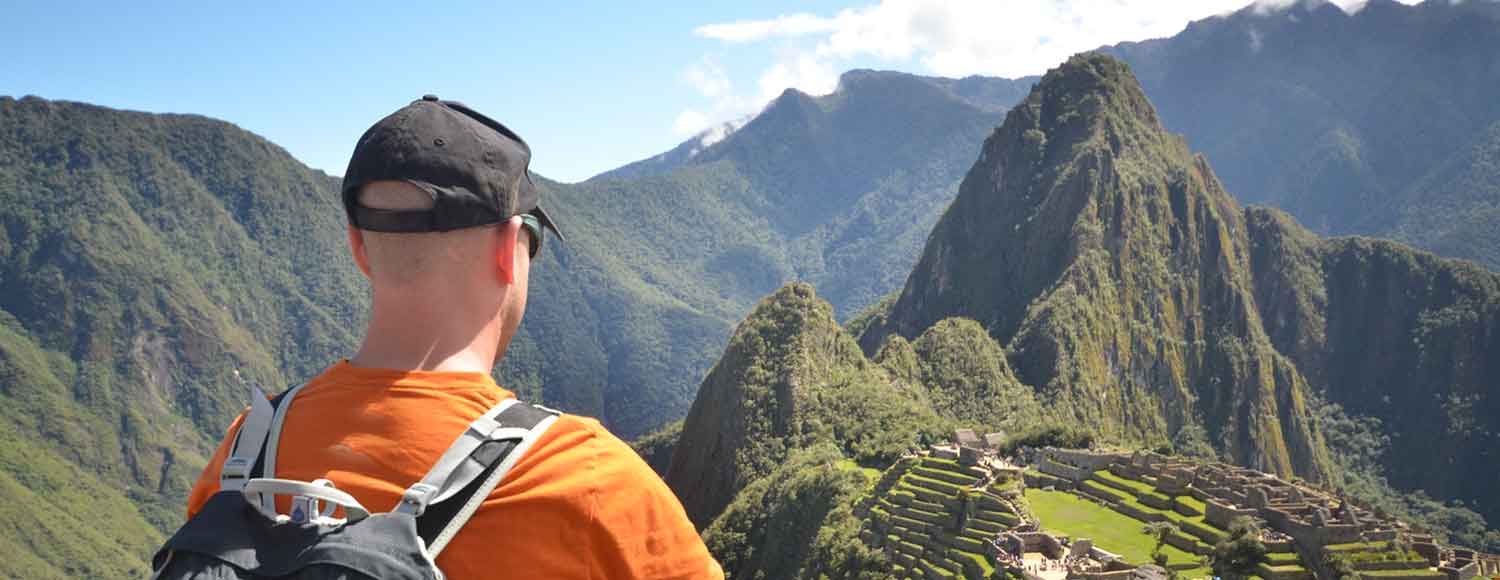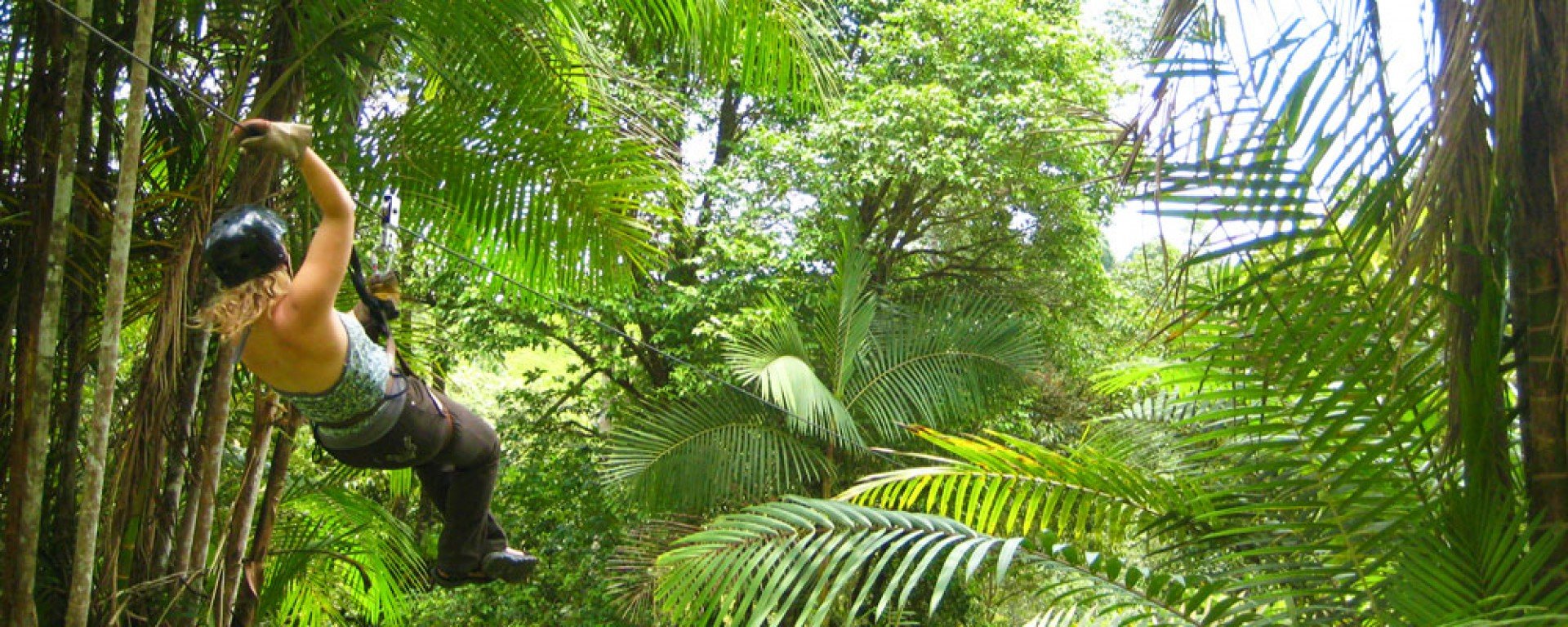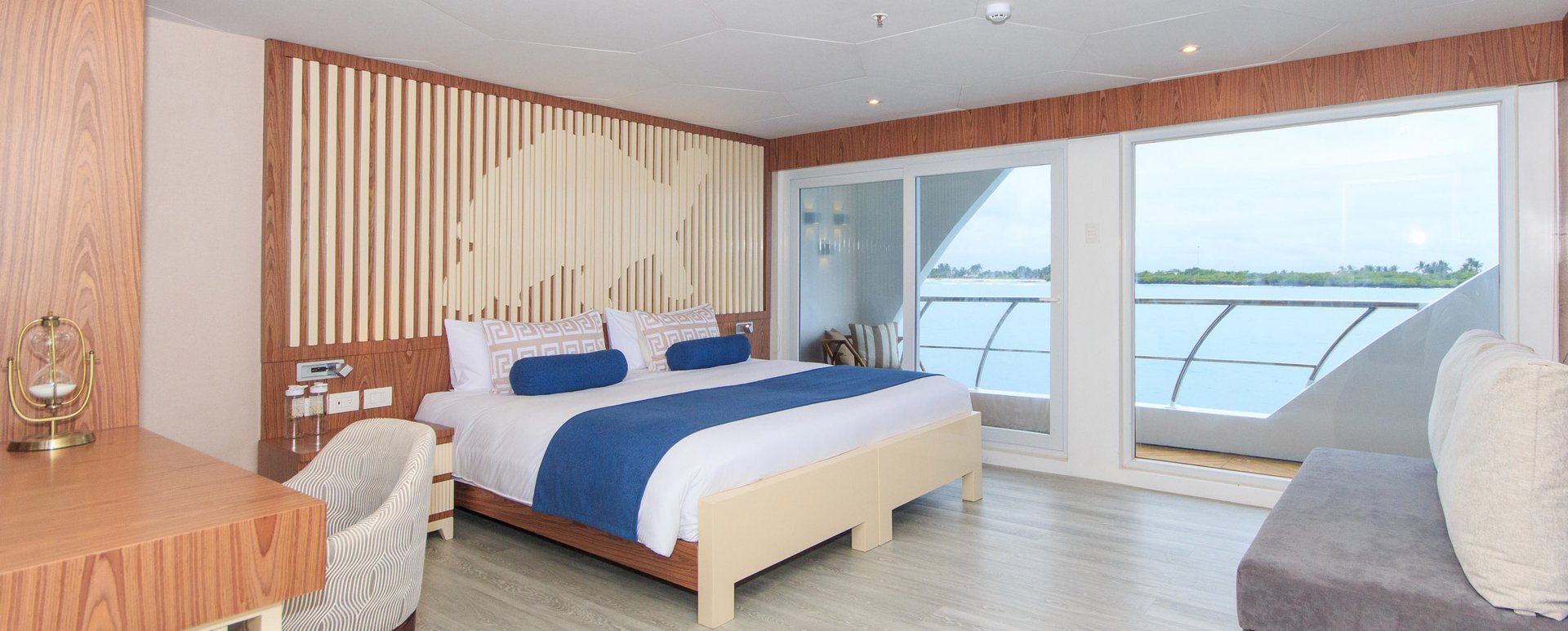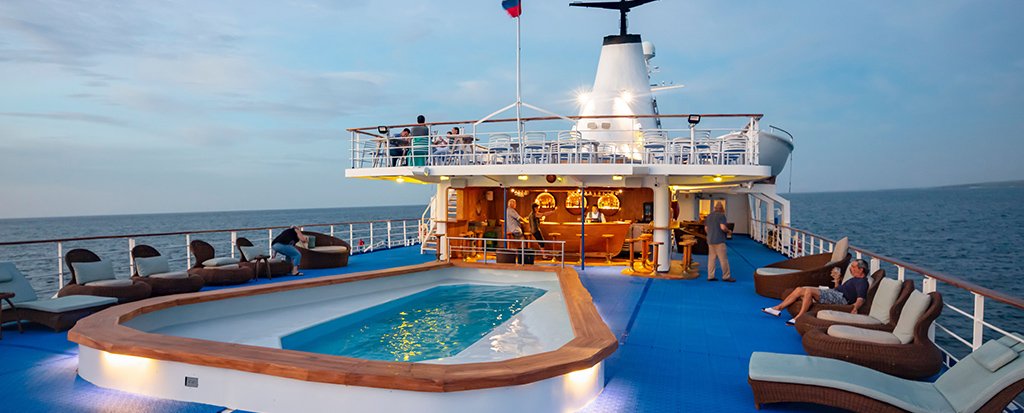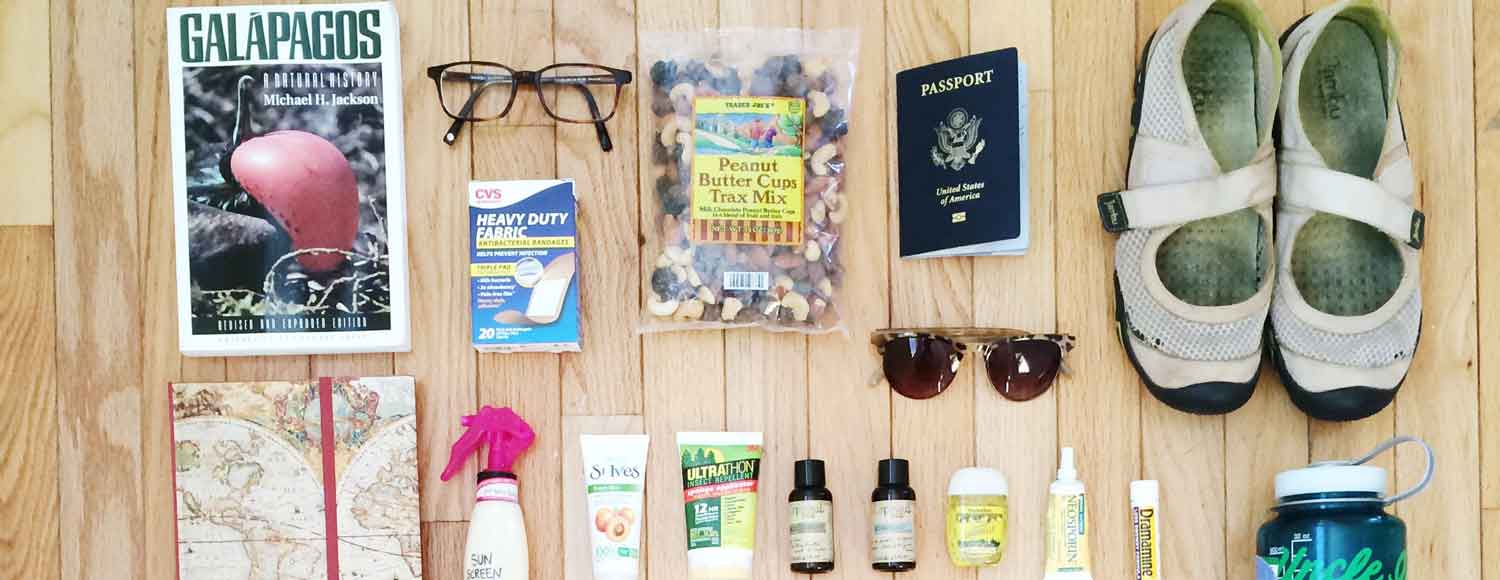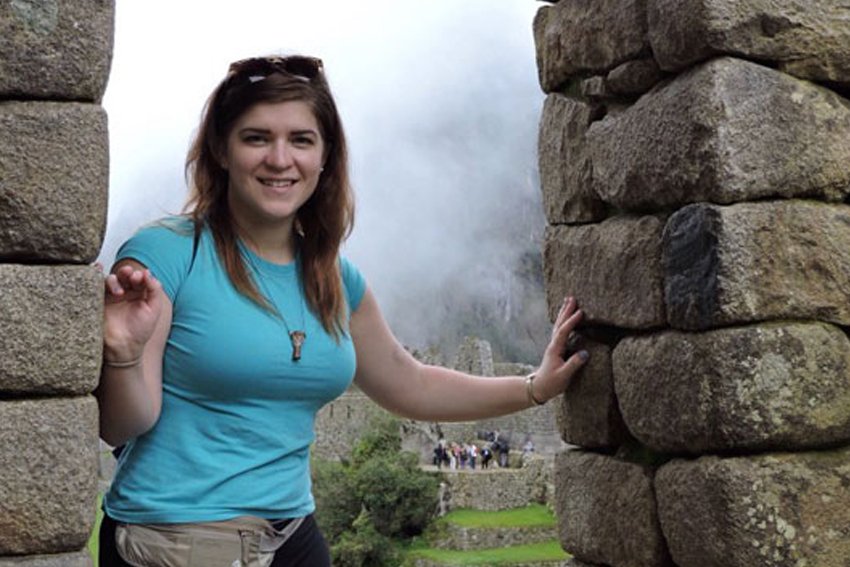
Maria’s Andean Adventure-Days 3 & 4: Machu Picchu and Cusco
Maria Price is Andean Discovery’s Program Manager. Over the next few days she will be travelling to some of our destinations experiencing our tours first-hand. Follow our blog to keep updated on her day to day adventures!
After another refreshing morning at the Sol y Luna hotel, our guide Celinda brought us to Ollantaytambo, where we were able to view more Incan ruins. She also pointed out a face in the rock of a nearby mountain, known as Tunupa. Ollantaytambo is one of the last stops for those hiking the Inca Trail, so we encountered a lot of backpackers in the town.
Our group was getting ready for the trip to Machu Picchu, so we first had to board the train from Ollantaytambo to Aguas Calientes, the town closest to the ruins. The PeruRail train transported us there at a leisurely pace, which allowed for more gazing at both the mountains and river surrounding the tracks.
Once we arrived at Aguas Calientes, we were taken to our hotel, a beautiful eco-lodge called Inkaterra. We were given tea, grown and brewed on site, as we signed into our casitas.
Inkaterra is located in the midst of a beautiful nature reserve with abundant flora and fauna. The hotel takes an approach of eco-tourism and sustainability, evident from its locally-grown vegetables to its organic shampoo stocked in the rooms. Several excursions and activities were offered for guests, but having time only for one, I chose to participate in the nature walk. A guide conducted a tour of the nature reserve, pausing along the way to point out orchids, herbs, and other plants. We even had a quick glimpse, from the mountain across the river, of the female Andean cock of the rock flying from one tree to another.
The food at Inkaterra, as with the other restaurants where we ate, did not disappoint. For the first time, I tried cuy, or guinea pig, as well as local Peruvian beer.
Our night at Inkaterra ended early, since we had a very early start for our day at Machu Picchu. The ruins open at 6:00, and after a bus ride up the mountains, we arrived at the site around 7:00am. We were able to catch a glimpse of the Incan city before even stepping off the bus, and once we entered the site, Celinda took us to several different areas where we could have a new perspective of the ruins.

As it began to drizzle a bit, clouds moved in around the mountain, which certainly served to paint it with an air of mystery. Celinda told us that she had been to Machu Picchu innumerable times, but due to the constantly fluctuating weather around Cusco, it was never quite the same experience twice. This proved true today, when we saw a small circular rainbow coming out of the fog.
After observing the ruins from afar, we descended and spent some time walking around the city. On ground level, the city definitely felt a lot bigger than it looked. According to our guide, it is estimated to have held 500-800 people before it was abandoned.
To get still another view, we then made our way over to the mountain known as Wayna Picchu. It took about 15 minutes to do a short walk to a lookout point, and then another two hours for a round-trip hike to the summit. The mountain path contained steps the whole way up, but fortunately had lots of space for the many hikers to relax at the top. After the hike, we were all ready to sit down and enjoy a big lunch.
It was difficult to avoid just taking a nap on the train ride back to Ollantaytambo, but we were soon awoken by the staff of the train, who put on a short presentation for us, consisting of a dance called Sacra and an alpaca wool “fashion show.”
This evening, our group was driven to Cusco, where we passed by the beautiful Plaza de Armas on the way to our hotel. As we made our way to dinner with Andean Discovery Peru staff, we came across a group of musicians and dancers performing in the street. Dancers with bells on their feet were followed by drums and brass instruments. At our restaurant too, we were treated to live traditional music and dancing (with some audience participation). Again we saw the Sacra dance, and several others, involving costume changes and lively choreography.

